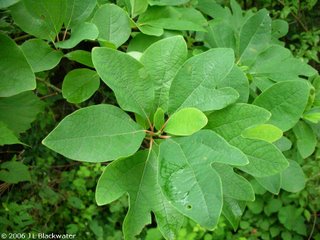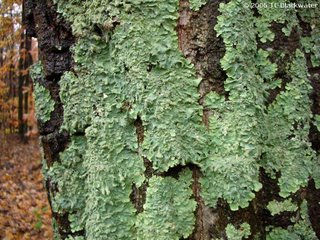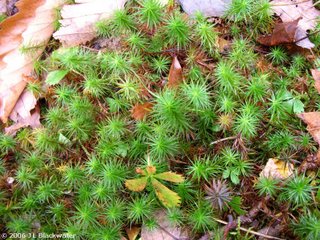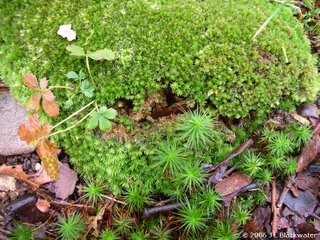


Last weekend I was invited by my landlady to join her and a friend to see Al Gore’s movie, An Inconvenient Truth. I encourage everyone to see it. Better yet, bring along a friend.
The importance of this film does not lie with Al Gore or Davis Guggenheim or any of the other wonderful contributors; it lies in the act of disseminating this information in a clear, understandable, and meaningful way to Americans.
Apart from enjoying the film, the other really cool part of my evening was meeting my landlady’s friend. She lives in a house surrounded by trees, including a beautiful sassafras grove!
I never seem to have my camera when I really need it! However, after gazing up at the sassafras canopy for a while, I realized that there must be sassafras around the farm. Sure enough, yesterday I found some growing around the old silo.
What really tickles me about these trees is how much they remind me of the Pacific rhododendrons growing in the forests around Seabeck. They’re tall and slender, and the leaf arrangement is somewhat similar.
However, sassafras belongs to the Lauraceae family, while the Pacific rhododendron is a member of the Ericaceae family, which are both a part of the division Magnoliophyta - the flowering plants.
Plants is plants!



















 Follow Jade Blackwater on Twitter
Follow Jade Blackwater on Twitter

